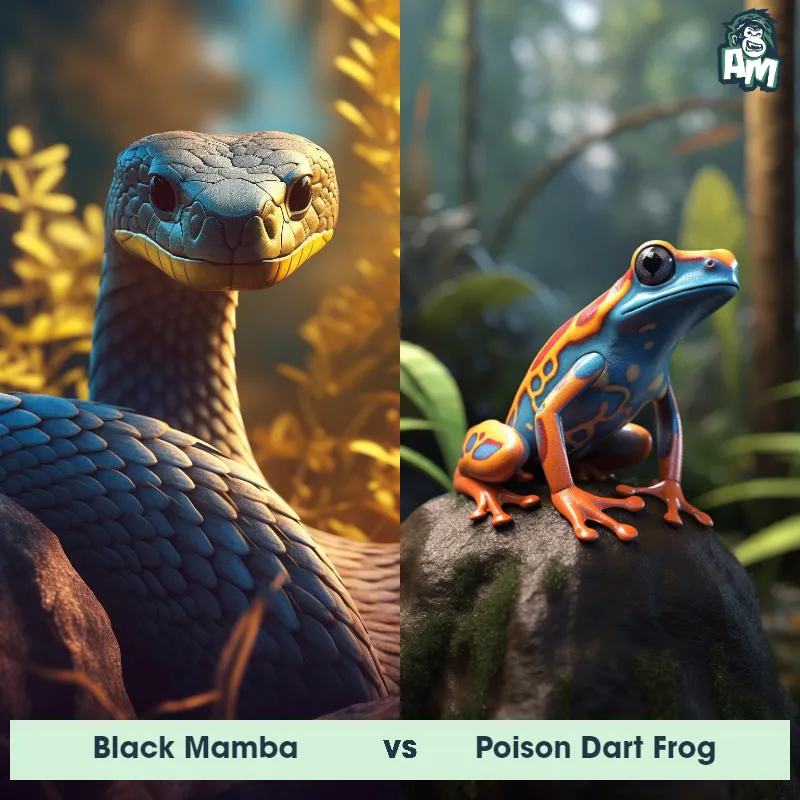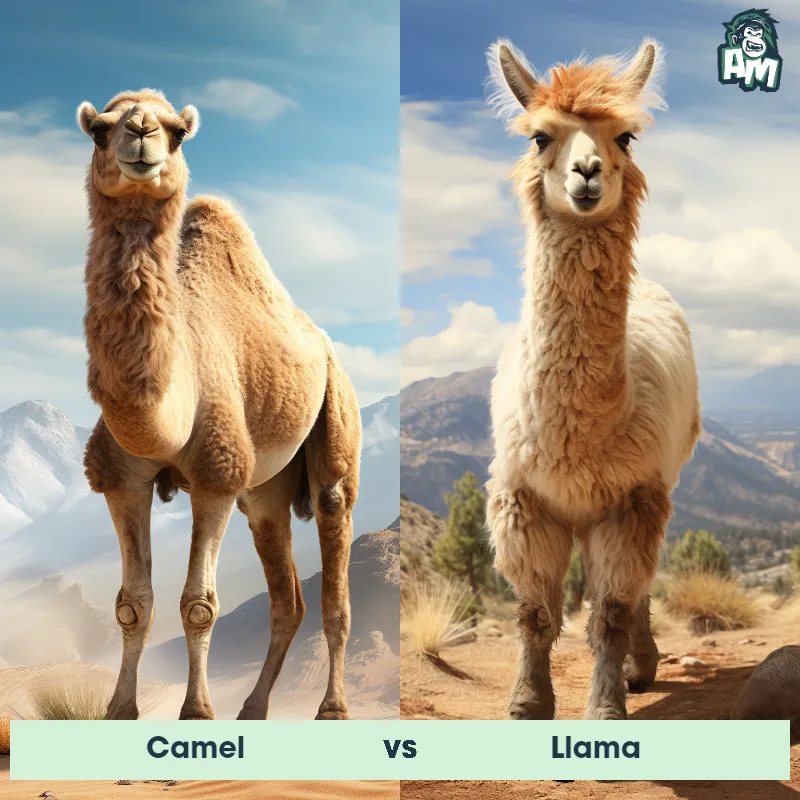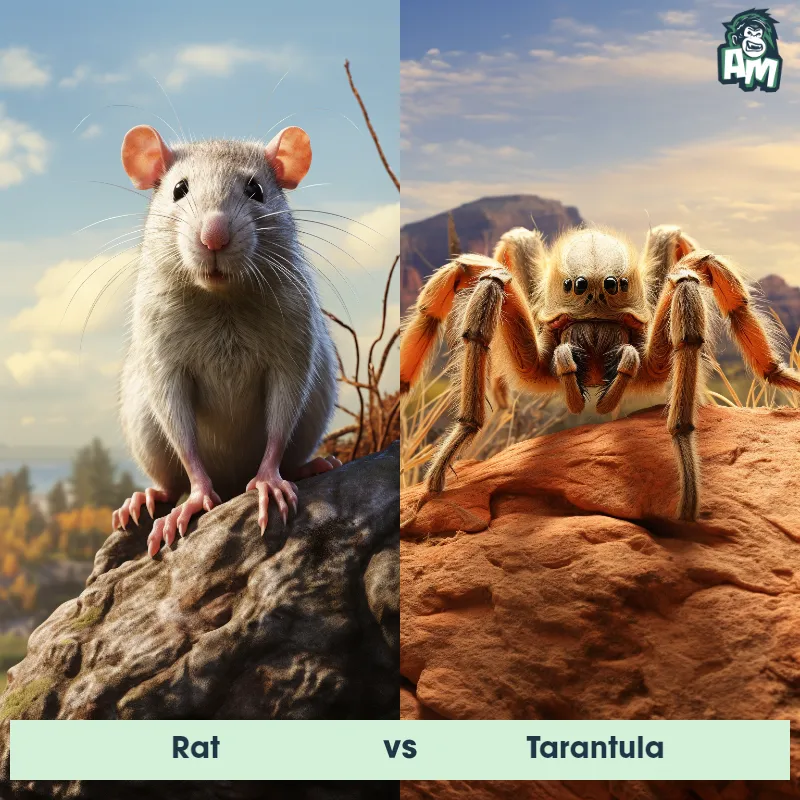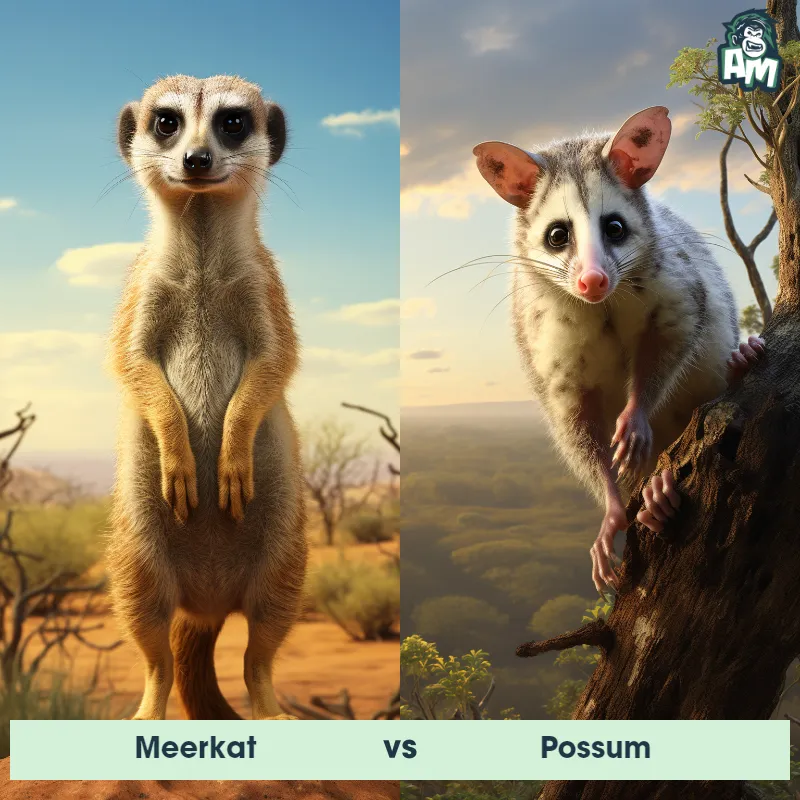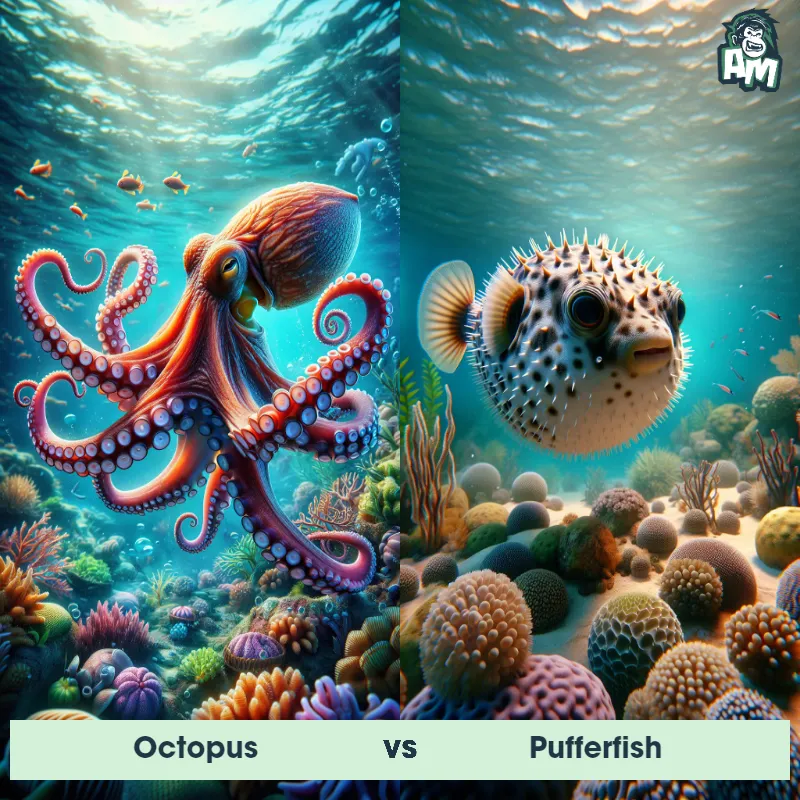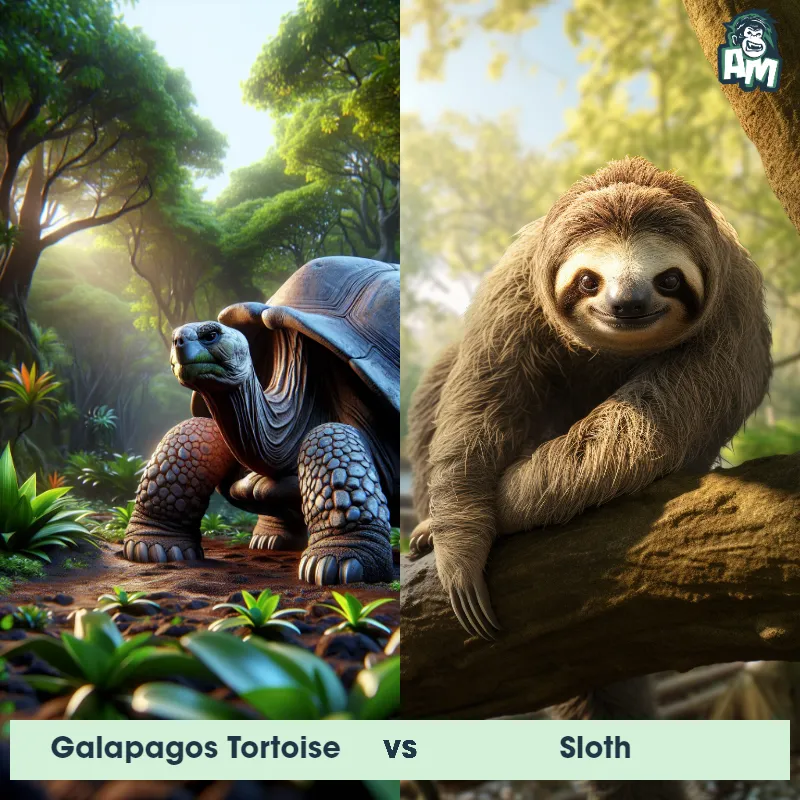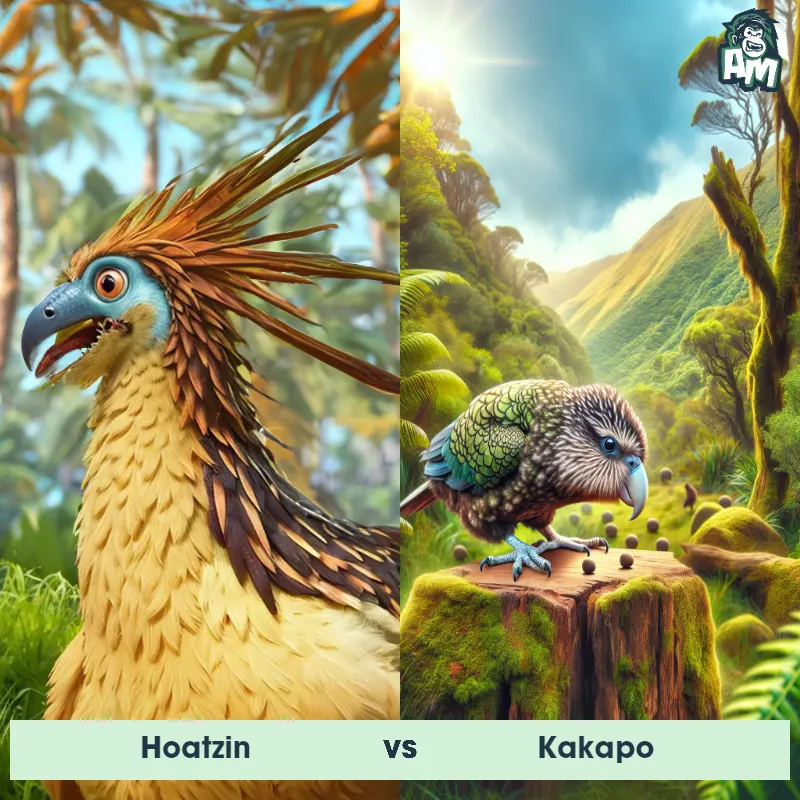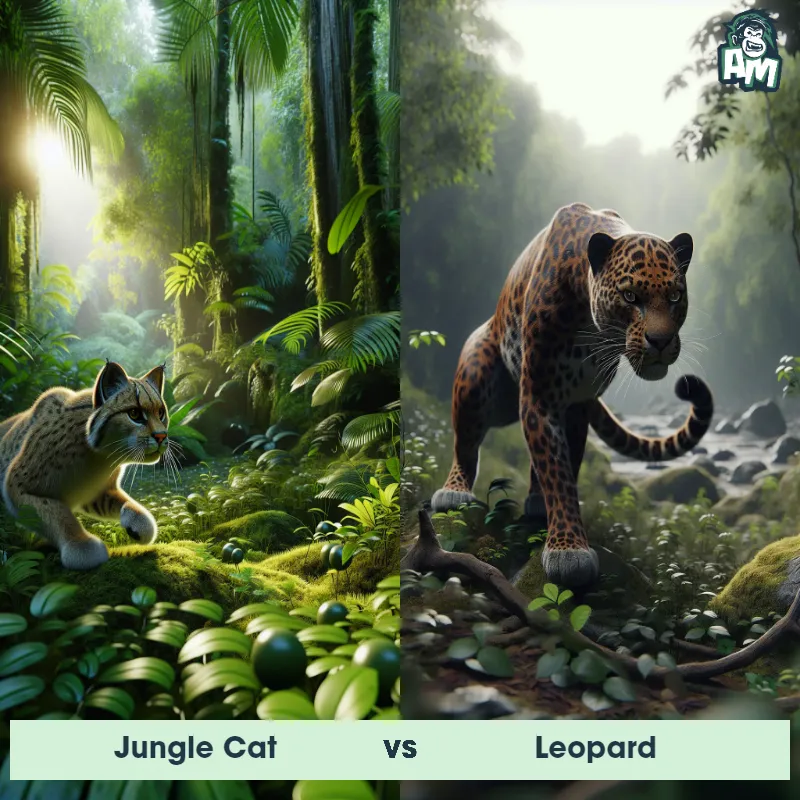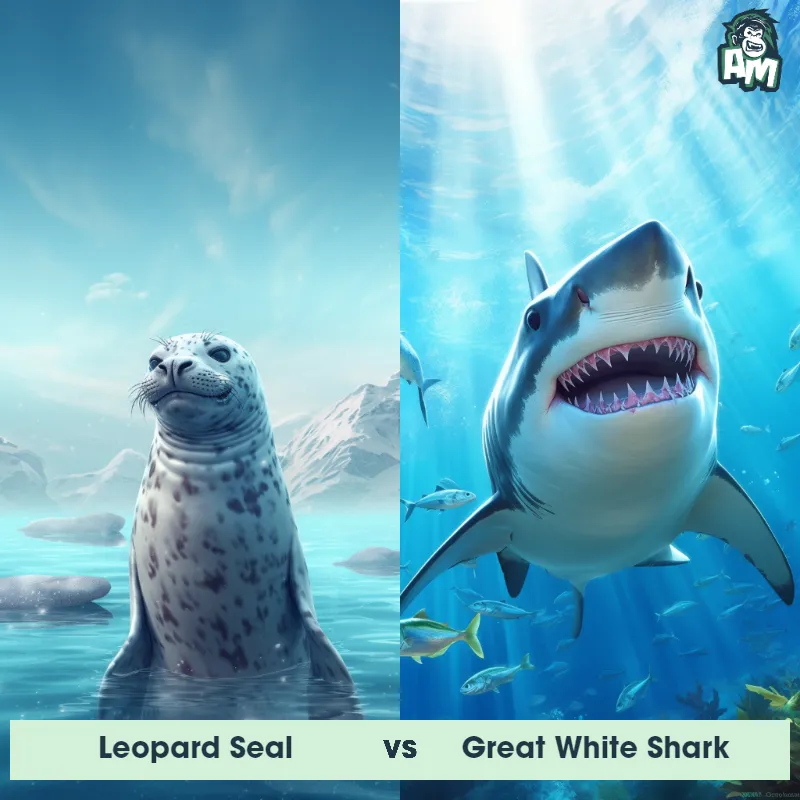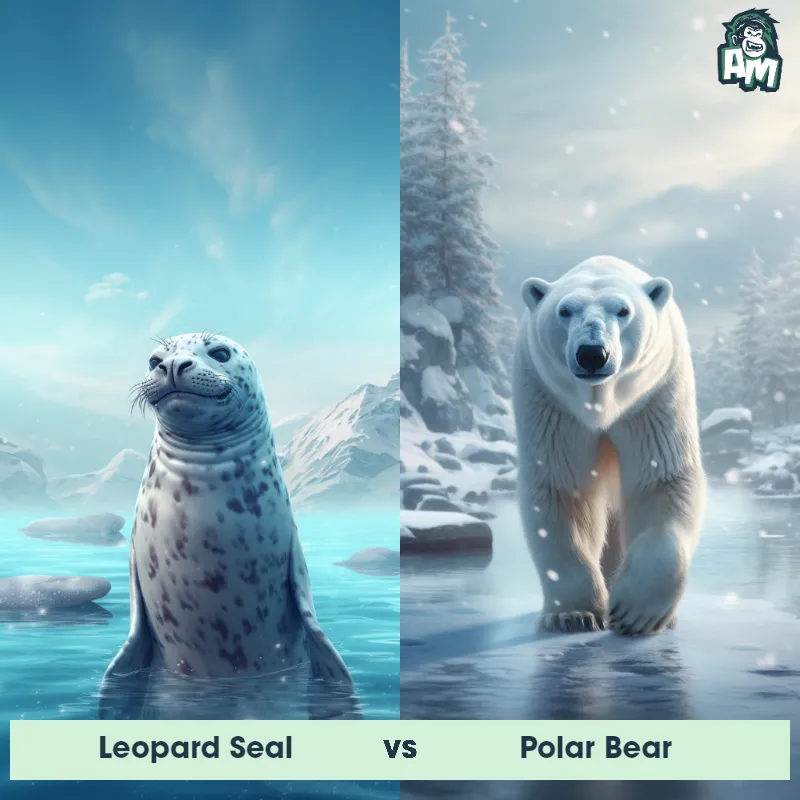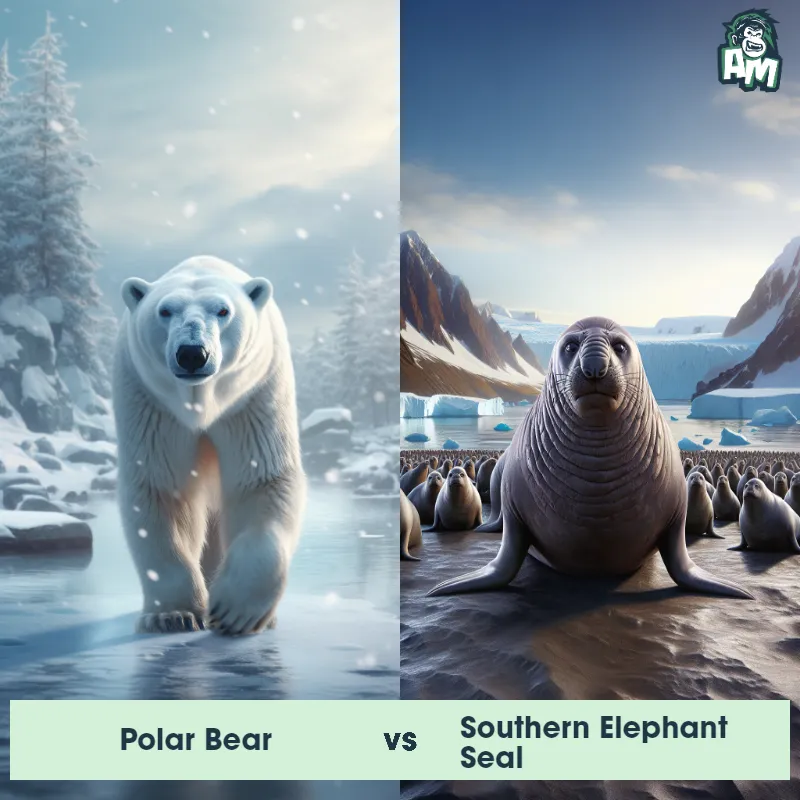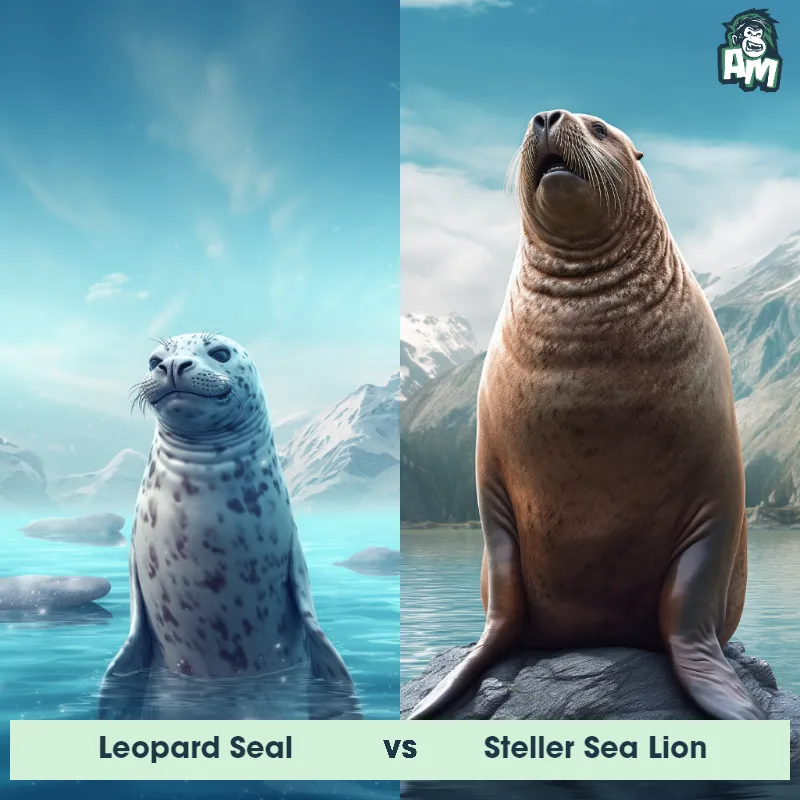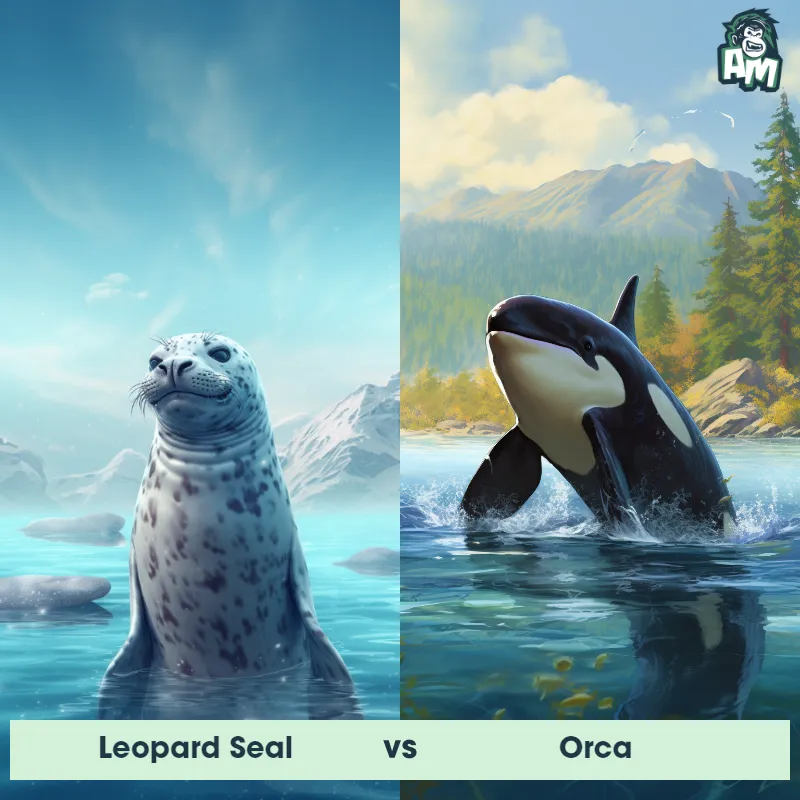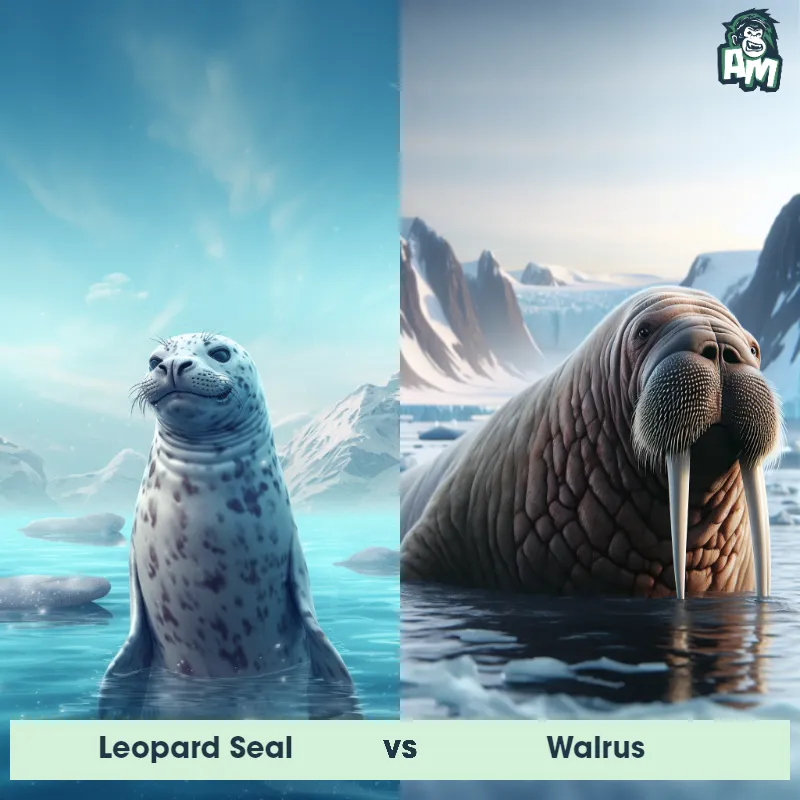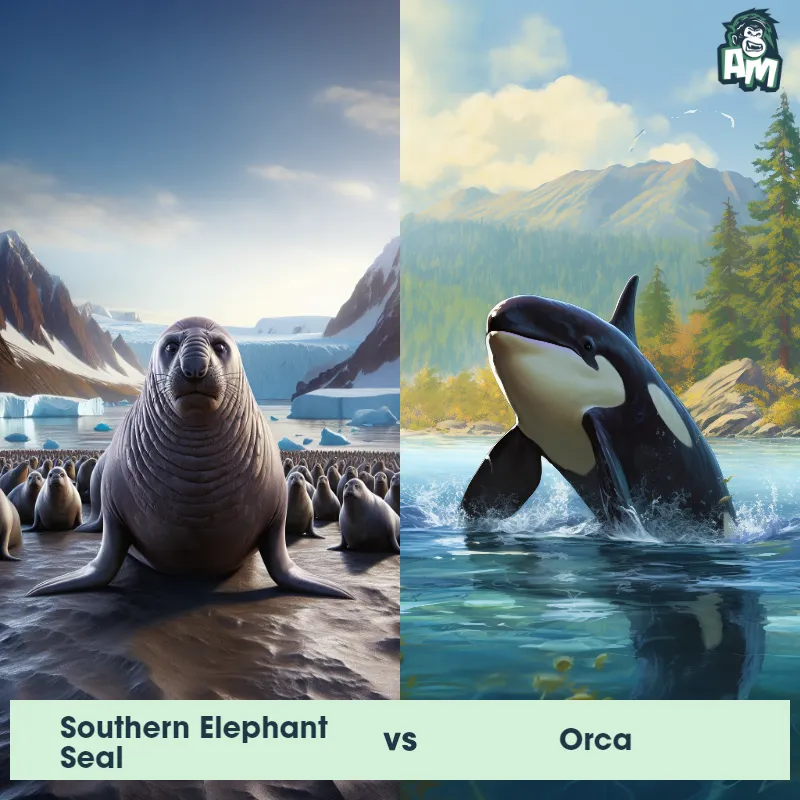Leopard Seal vs Harp SealSee Who Wins
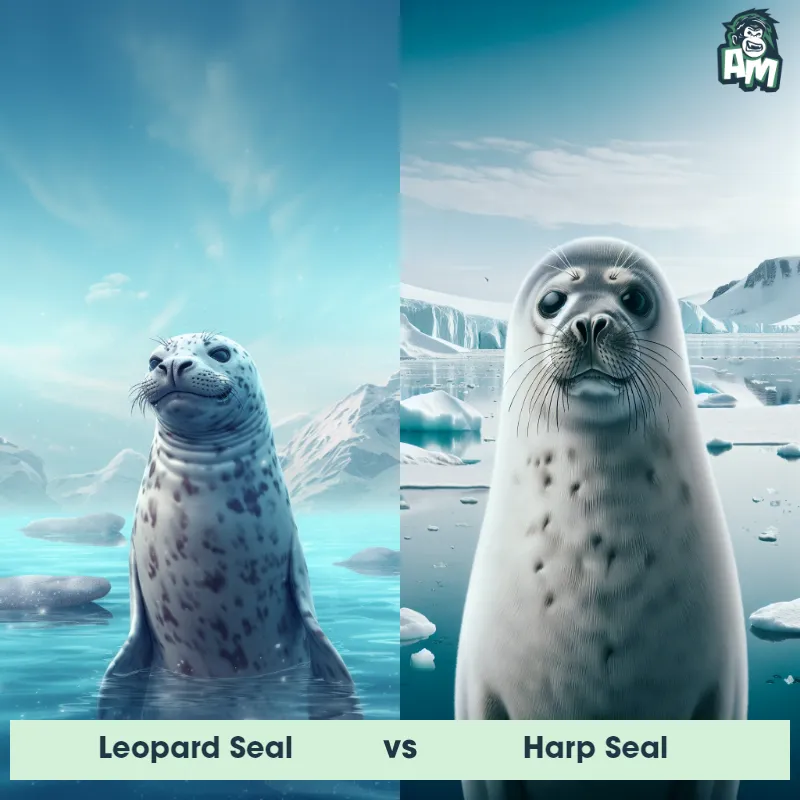
Ladies and gentlemen, welcome to this thrilling matchup between two formidable opponents in the animal kingdom! In this corner, we have the sleek and powerful Leopard Seal, renowned for its agility and lightning-fast strikes. And in the opposite corner, the adorable yet resilient Harp Seal, known for its remarkable endurance and remarkable defense. Get ready for three rounds of intense combat!
Contender 1: Leopard Seal
The Leopard Seal, also known as Hydrurga leptonyx, is a large and powerful marine mammal that can be found in the frigid waters surrounding Antarctica. They are easily recognizable by their spotted coat, which is dark gray or black with lighter spots. Leopard Seals have a long, sleek body and a large head with powerful jaws filled with sharp teeth. They are known for their impressive hunting skills and are apex predators in their ecosystem, feeding on a variety of prey including fish, squid, and other seals.
Fun Fact: Leopard Seals are known for their unique vocalizations, which include grunts, growls, and eerie wails that can be heard underwater for long distances.
Contender 2: Harp Seal
The Harp Seal, also known as Pagophilus groenlandicus, is a semiaquatic marine mammal that belongs to the true seal family, Phocidae. These seals are renowned for their striking appearance, characterized by their sleek bodies, large black eyes, and distinctive black harp-shaped markings on their silver-gray fur. Adult Harp Seals measure about 6.5 feet in length and can weigh up to 320 pounds. They have a thick layer of blubber which helps them stay warm in the icy waters of the North Atlantic and Arctic Oceans.
Fun Fact: Harp Seals are incredible divers and can hold their breath underwater for up to 15 minutes, reaching depths of around 600 feet while hunting for fish and crustaceans.
Matchup Stats
| Leopard Seal | Harp Seal | |
|---|---|---|
| Size | Up to 11 feet (3.3 meters) in length | 6.5 feet (1.98 meters) |
| Weight | Up to 1,300 pounds (590 kilograms) | 320 pounds (145 kilograms) |
| Speed | Speed: 25 mph (40 km/hr) | 12 mph (20 km/h) |
| Key Strength | Powerful jaws and sharp teeth | Unknown |
| Biggest Weakness | None noted | Unknown |
Current Votes
Leopard Seal vs Harp Seal
See Who Wins
View More Matches
Looking For More?
Similar Matches
Scientific Stats
| Leopard Seal | Harp Seal | |
|---|---|---|
| Scientific Name | Hydrurga leptonyx | Pagophilus groenlandicus |
| Family | Phocidae | Phocidae |
| Habitat | Marine | Marine (ocean) |
| Geography | Antarctic waters | North Atlantic and Arctic Oceans |
| Diet | Fish, squid, and other seals | Fish and crustaceans |
| Lifespan | 12 years - 15 years | 15 years - 25 years |
Key Differences between Leopard Seal and Harp Seal
- Size: The Leopard Seal is significantly larger than the Harp Seal, with adults reaching lengths of up to 12 feet and weighing around 1,000 pounds, while Harp Seals are relatively smaller, averaging about 6 feet in length and weighing around 400 pounds.
- Markings: Leopard Seals exhibit a unique pattern of spots and rosettes on their back and sides, which vary from individual to individual, whereas Harp Seals have a distinctive black "harp-like" pattern on their back, giving them their name.
- Facial features: The Leopard Seal possesses a long and narrow snout with powerful jaws, featuring sharp teeth perfectly designed for capturing and tearing prey, whereas the Harp Seal has a shorter snout with small, round eyes and more delicate facial features.
- Coloration: Leopard Seals have a distinct dark grey or black back and lighter-colored underparts, allowing them to blend with the dark ocean depths, while Harp Seals have a more uniform silvery-grey color with distinct black spots and a dark face mask.
- Body shape: Leopard Seals have a sleek and elongated body, perfectly adapted for swift swimming and hunting in open water, while Harp Seals have a rounded body with thick blubber, ideal for insulation in Arctic waters.
- Habitat: Leopard Seals primarily inhabit the Antarctic region, including pack ice and open waters, while Harp Seals occupy the Arctic and subarctic regions of the North Atlantic and North Pacific, favoring sea ice for breeding and rearing their young.



